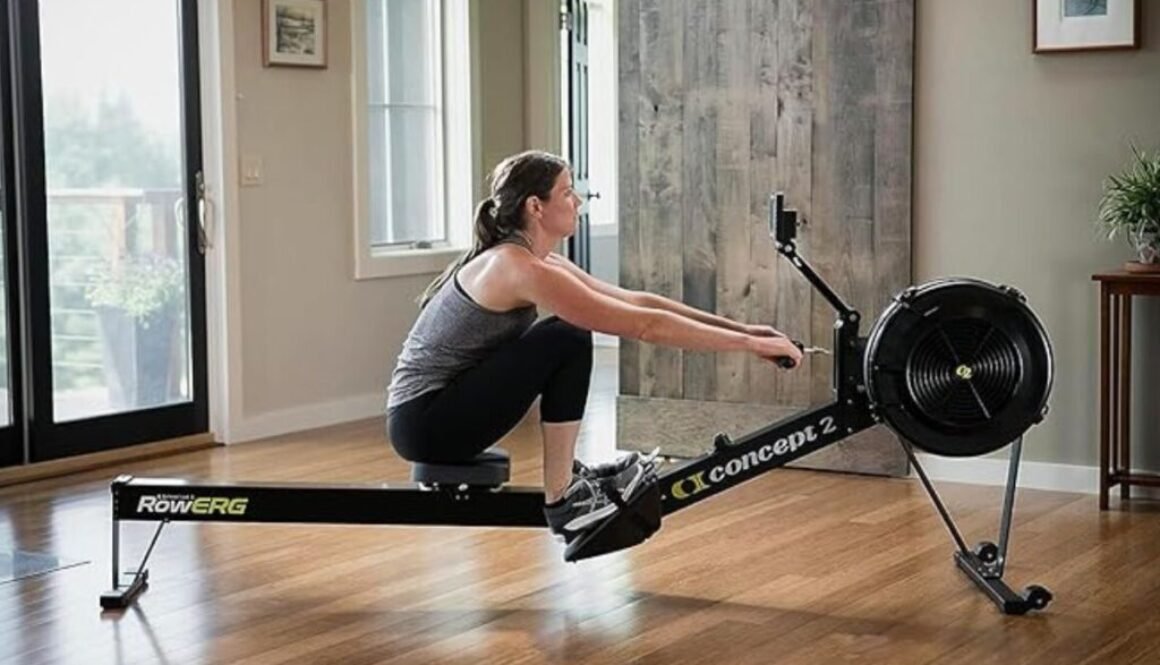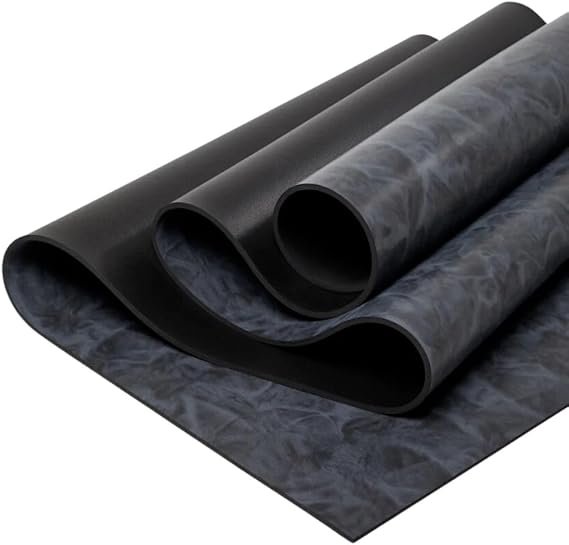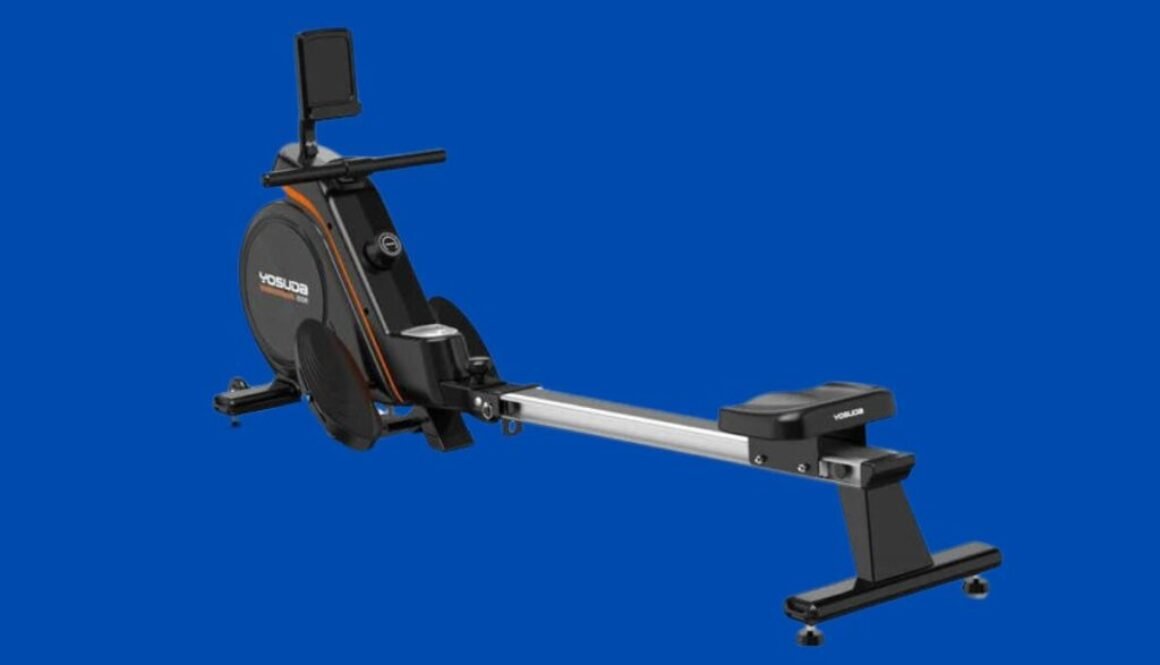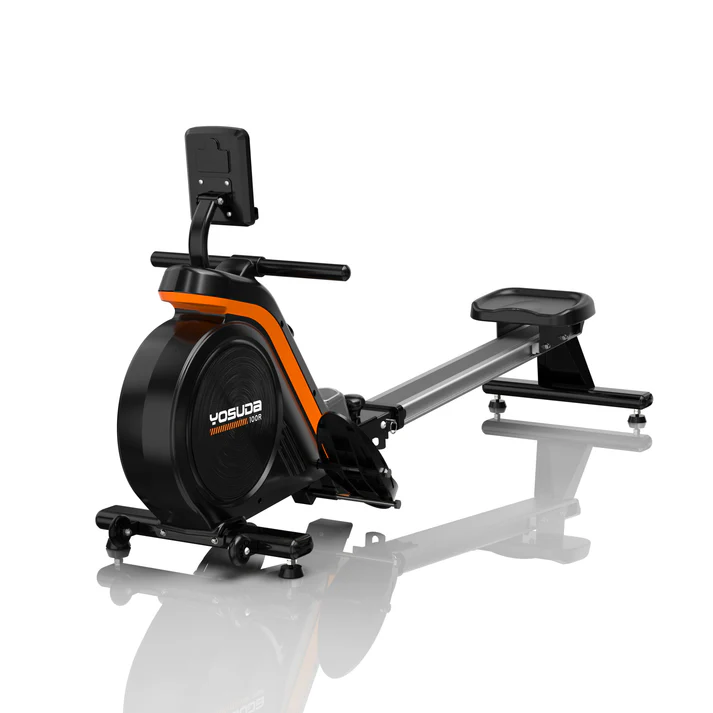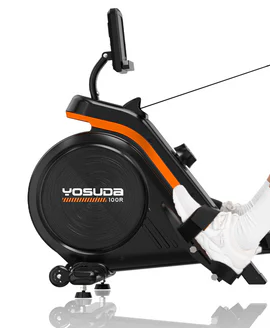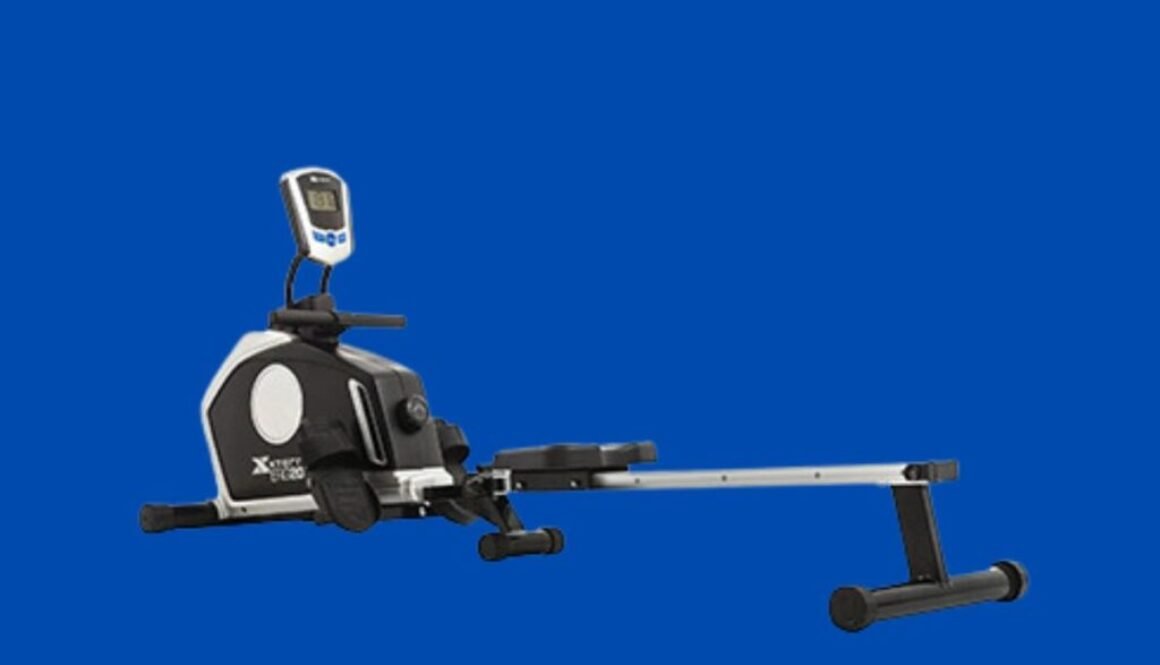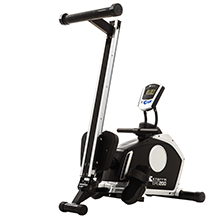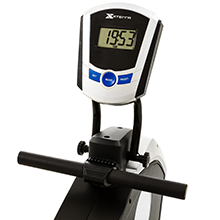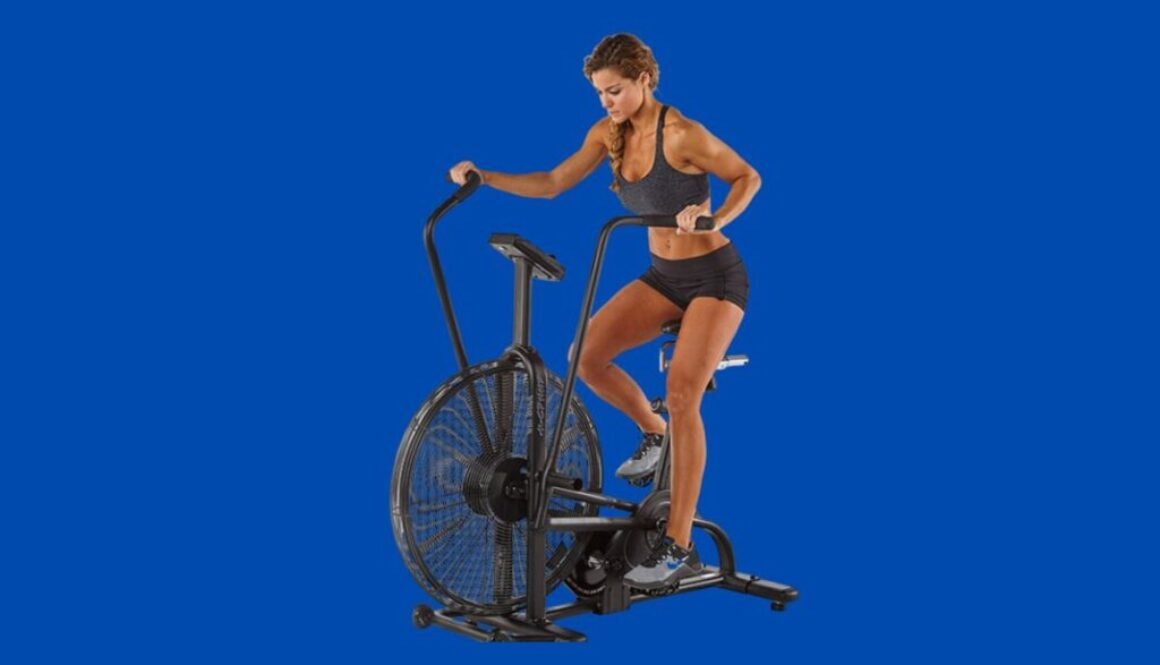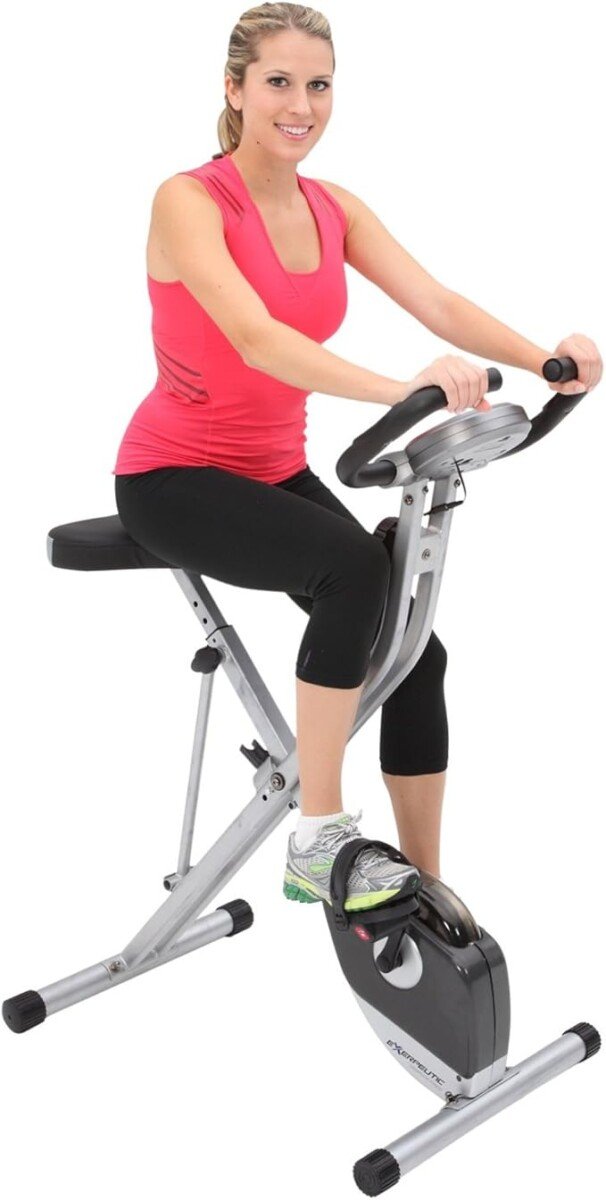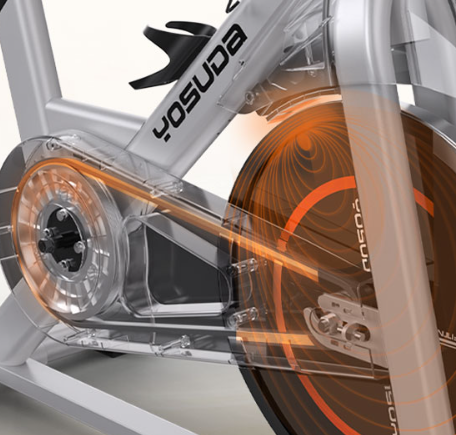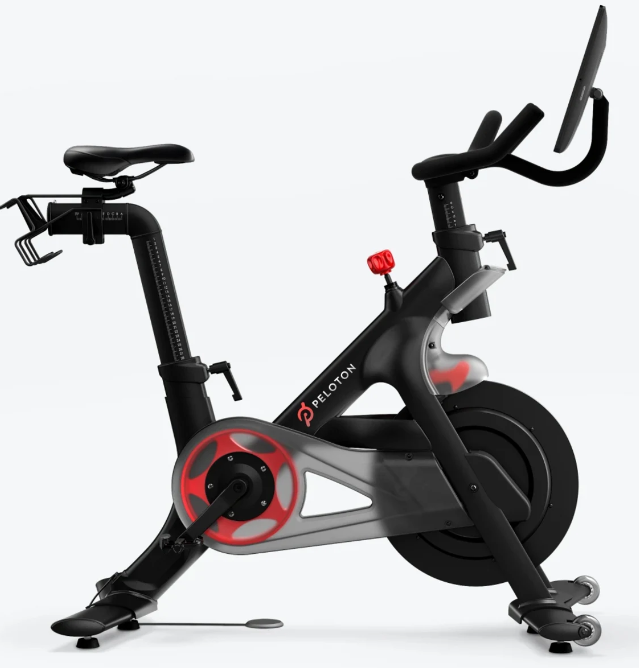Top 8 Benefits of Using a Rowing Machine for Your Fitness Routine
8 Benefits of Using a Rowing Machine for Your Fitness Routine
In recent years, the rowing machine has gained popularity as a go-to piece of fitness equipment for people looking for a full-body workout. Often considered one of the most effective ways to engage multiple muscle groups while providing a low-impact cardiovascular exercise, rowing offers several advantages that go beyond basic fitness. Whether you’re new to rowing or have experience using a rowing machine, understanding its numerous benefits can help you make the most of your workouts.
Here are eight key benefits of incorporating a rowing machine into your fitness routine:
1. Full-Body Workout
One of the most notable benefits of using a rowing machine is that it provides a comprehensive, full-body workout. Unlike some other cardio machines that only focus on specific areas of the body, rowing engages multiple muscle groups. A proper rowing stroke involves pushing with your legs, pulling with your arms, and stabilizing with your core, creating a balanced workout.
Muscle Groups Targeted:
- Legs: The initial drive of the rowing stroke comes primarily from your legs, especially the quads, hamstrings, and glutes.
- Core: Your core muscles engage to stabilize your body and transfer power efficiently.
- Arms and Back: The pull at the end of each stroke works your biceps, forearms, shoulders, and upper back muscles, making it a great way to tone your upper body.
Rowing is ideal for people looking to strengthen and tone their entire body in a single workout session.
2. Low-Impact, Joint-Friendly Exercise
Rowing is classified as a low-impact exercise, which means it places minimal strain on your joints. Unlike running or jumping-based exercises that may lead to joint pain or injury over time, rowing is gentle on the knees, ankles, and hips, making it an excellent option for individuals with joint issues or those recovering from injury.
Because the movement on a rowing machine is smooth and controlled, it’s perfect for older adults, people with arthritis, or anyone seeking a low-impact workout that still delivers impressive results. Even if you're working out intensely, rowing's low-impact nature helps reduce the risk of injury, allowing you to stay consistent with your fitness goals.
3. Excellent Cardiovascular Conditioning
Cardiovascular exercise is essential for heart health, and rowing offers an intense cardiovascular workout. Rowing increases your heart rate quickly and keeps it elevated, improving your cardiorespiratory endurance. Over time, regular rowing workouts help your heart pump more efficiently, increasing blood flow and oxygen delivery to your muscles.
Studies show that rowing can improve cardiovascular markers such as VO2 max, which is a measure of your body’s ability to utilize oxygen during exercise. Whether you're rowing at a moderate pace or performing high-intensity intervals, your cardiovascular system gets a comprehensive workout.
Additionally, rowing’s combination of strength and cardio makes it a powerful tool for burning calories and reducing body fat.
4. Burns a High Number of Calories
For those aiming for weight loss, rowing is a powerful ally. Due to its ability to engage multiple muscle groups simultaneously, rowing is known to burn a significant number of calories in a relatively short amount of time. The calorie burn can vary depending on factors like your intensity, weight, and workout duration, but many people can burn anywhere between 300 to 600 calories per hour of moderate rowing.
What makes rowing particularly effective for calorie-burning is its combination of strength and cardio in a single movement. By utilizing both types of training, rowing forces your body to work harder, increasing the total energy expenditure. When incorporated into a regular fitness regimen, rowing can play a crucial role in achieving weight loss goals and improving overall body composition.
5. Improves Posture and Strengthens the Core
In today’s world, many people spend long hours sitting at a desk, leading to poor posture and weakened core muscles. Rowing helps counteract these effects by engaging the core muscles throughout the rowing stroke. From the moment you push off with your legs to the final pull with your arms, your core plays a crucial role in stabilizing your body and ensuring smooth movement.
This engagement not only strengthens your abdominal and lower back muscles but also helps to improve posture. Regular rowing helps promote better spinal alignment, reducing the risk of back pain associated with slouching or prolonged sitting.
6. Builds Muscle Endurance and Strength
Rowing is often thought of as just a cardio workout, but it’s also a powerful strength-building exercise. Each stroke you perform on the rowing machine involves a resistance component, whether it's through air, water, or magnetic resistance. This resistance forces your muscles to work harder, especially when rowing at higher intensities.
Over time, rowing can lead to increased muscle endurance and toning in key areas such as your legs, arms, and back. It’s especially beneficial for people looking to build lean muscle mass without the need for heavy weights or equipment. The balance between cardio and strength makes rowing a versatile workout for a wide range of fitness goals.
7. Mental Health Benefits
Exercise has well-documented benefits for mental health, and rowing is no exception. Rowing can have a calming effect, particularly when done in a rhythmic, repetitive manner, similar to the meditative effects of running or cycling. As you row, the focus on breathing and form can help reduce stress and clear your mind, contributing to mental clarity and overall well-being.
Moreover, the release of endorphins during a rowing workout can improve mood, alleviate anxiety, and even help with symptoms of depression. Rowing also allows you to challenge yourself physically, which can increase your sense of achievement and motivation.
8. Versatile and Adaptable to All Fitness Levels
One of the greatest advantages of rowing is that it’s highly adaptable to all fitness levels, from beginners to advanced athletes. Whether you're just starting your fitness journey or looking for a new challenge, rowing offers varying levels of intensity depending on your pace, resistance, and workout structure.
- Beginners: You can start with low-intensity, steady-state rowing sessions to build endurance and practice proper form.
- Intermediate/Advanced: For more experienced rowers, high-intensity interval training (HIIT) or endurance rowing at higher resistance levels offers a serious challenge.
This versatility makes rowing an excellent choice for everyone, regardless of age, experience, or fitness level. You can easily scale the workout to meet your needs, whether you're focused on fat loss, muscle building, or improving cardiovascular health.
Conclusion
Incorporating a rowing machine into your fitness routine offers a wide range of benefits, from full-body conditioning to cardiovascular health and muscle strengthening. Whether you're looking to lose weight, build endurance, or simply stay active, rowing provides a low-impact, versatile workout that can adapt to any fitness level. The ability to burn calories while improving posture, core strength, and mental well-being makes the rowing machine an essential tool for achieving your fitness goals.
So, whether you're new to fitness or an experienced athlete, consider adding rowing to your routine—you'll quickly experience the transformative benefits for your body and mind.
